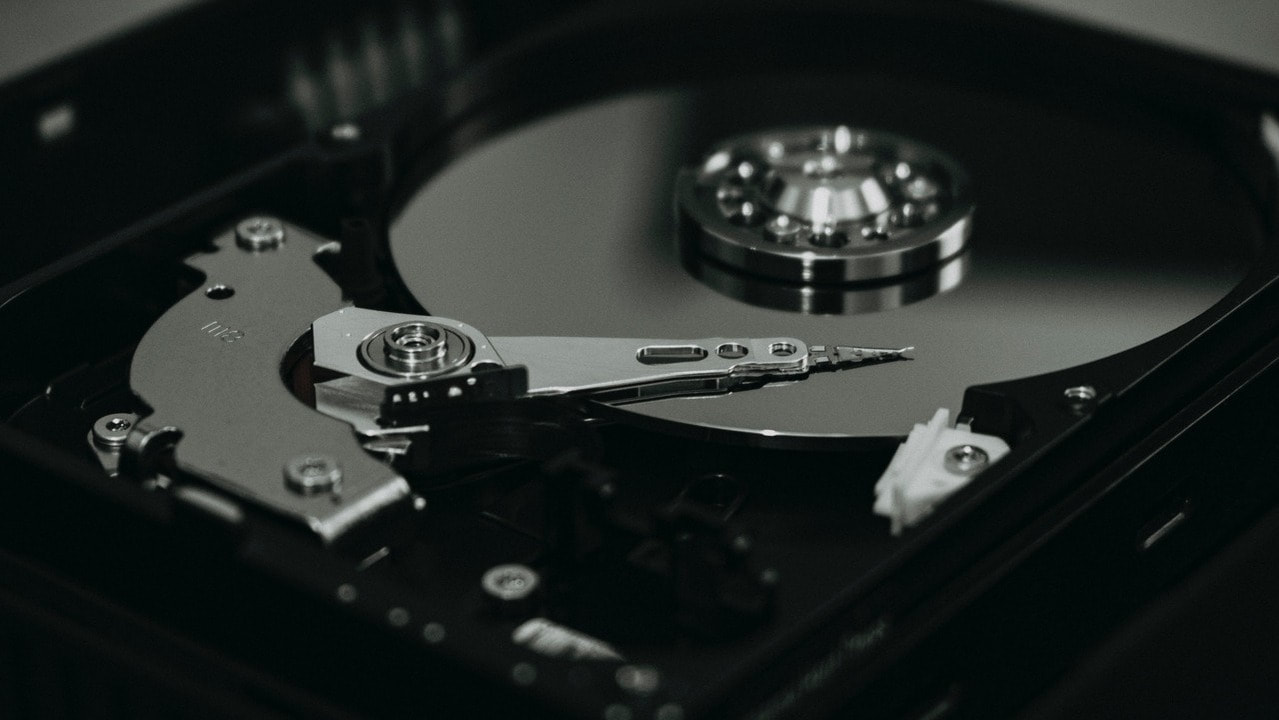|
A look at the companies who can help keep your data safe It’s going to happen eventually. The power will go out, a major storm will come through, or a ransomware attack will hold your data hostage. Whatever it is, it will take your business down if you’re not prepared. Your options when that disaster strikes will depend greatly on the decisions you’ve made beforehand. Specifically, how you back up your data and with whom. The world of data backups is crowded with different vendors. Most of them can do the job. Which one you choose will depend on your needs. To help you pick the right partner for your business, here are some of the most popular backup and recovery vendors and their use cases. Why Back Up?Put simply: You backup so that you can recover. But recover from what? That’s where times are changing. What used to be called disaster recovery is now called business continuity. It’s the science of ensuring that your business will continue if the worst case scenario occurs. One of the most important aspects of business continuity is protecting your data. That’s where backup and recovery come in. Why is backing up important? For example, let’s look at what happened on September 11, 2001. The world remembers that two planes struck the twin towers of the World Trade Center in New York City, ending the lives of thousands of people. Far less tragic, but still worth remembering, is the fact that the towers also housed hundreds of businesses. Many ceased to exist after the attack. Not only was their physical infrastructure in the towers, but their data infrastructure was mostly housed in data centers also in the towers. The attack destroyed both their physical infrastructure and their data. Afterward, these businesses were effectively gone and unrecoverable. A disaster on the scale of 9/11 doesn’t have to occur to pose a major threat to your business. Storms, power outages, and ransomware are all existential threats to your data. Backing up your data is how you ensure that, should that data be damaged, you can recover it. Testing Is KeyA key part of any backup strategy is testing. Remember, the idea of backing up anything in the first place is that, at some point, you will need to recover it. So it’s important to test that process. It can be more complicated than you expect, and the last thing you need when something bad has happened to your data is to run into complications while trying to restore it. Testing is also important because sometimes a backup will simply not work. Companies fail, outages happen, and sometimes things break. So you want to test your backups from time to time to ensure that the process works and that the data you need will be there when you need it. RansomwareIn the past, the main driver of backup and recovery solutions was the threat of physical loss — a fire, flood, or terrorist attack. That was then. Now, the main threat to data is ransomware. Nearly 500 million ransomware attacks were detected in 2022, and the projected cost of ransomware attacks is expected to reach $265 billion every year by 2031. If you’re not protecting your data, the next attack could be against you. In a ransomware attack, someone is intentionally trying to move your data from where it lives (your system) to another location (their system) so that they can hold it hostage and demand payment. In the process, your data is likely to be deleted from your system entirely and potentially corrupted. Even if you were to pay the ransom, what you get back might be useless. Malicious actors only have to get it right once to take your business for everything you have. You have to be secure every single time. Business continuity requires an enterprise solution provided by reputable backup and recovery vendors. Backup and Recovery VendorsBackup and recovery vendors come in roughly three flavors:
We’ll take a look at and give some examples of each. Legacy VendorsLegacy vendors are the “old guard” of backup options. These are typically large companies that have made their reputations on hardware and have bolted on backup and recovery services after the fact. These vendors have huge install bases, but their businesses are built on legacy infrastructure using old technology. Commvault is probably the largest example of this type of vendor. They offer comprehensive data backup and recovery for both physical locations and cloud servers, and they do it very well. The advantage of using a legacy system provider like Commvault is familiarity. It’s always worked, your IT department understands it, and it’s reliable. The downside is they’re often expensive and lack the modern features of modern, hyperconverged solutions. IBM and Dell are also very strong competitors in the legacy vendor space. Software OnlyThese vendors offer predominantly on-site backup solutions that are software only. This means they require access to hardware you already have installed or will install. Veeam is likely the biggest name in this space, offering backup and recovery solutions to businesses of all sizes. HYCU is also a major player in this space, especially with its Nutanix integration. HYCU positions itself as a Backup as a Service (BaaS) provider with hybrid cloud and multi-cloud services. The major advantage to backup and recovery vendors like Veam and HYCU is cost. When you’re only buying software, you can save tremendous amounts of money. The challenge is you have to get the hardware from somewhere. If you already have a large investment in hardware resources that are robust and reliable, a software-only vendor might make sense for your enterprise. But if you’re investing in a backup and recovery solution from scratch, an all-in-one provider like the ones below might make more sense. Modern Software and Hardware VendorsCohesity backup is a modern backup and recovery solution that utilizes hyperconverged architecture and a “single plane of glass” management console, allowing users to manage the entire backup and recovery process from a single UI. Cohesity offers on-site hardware to store your backups and host the Cohesity software. It works with the public cloud and Software as a Service (SaaS) environments. Rubrik is another reputable hyperconverged backup and recovery vendor. These two modern backup and recovery vendors have essentially rearchitected the way backup and recovery works. Instead of starting with legacy systems and bolting on hyperconverged architecture and backup and recovery systems, they’ve built their backup and recovery systems from the ground up. In the case of ransomware, Cohesity backup as a service also offers a service called “Fort Knox,” named after the gold repository in Kentucky. Fort Knox is a truly last-line-of-defense solution. It stores a copy of your data in a server located somewhere other than the main backup server in a location the user can’t access. That way, if an attacker gains access to your servers and backups, they will not have access to Fort Knox. It’s called an immutable backup, and it could mean the difference between saving your data and having to make a payout to attackers. Backup and Recovery VendorsRemember, you backup so that you can recover. Whatever the size of your business or the investment you have already made in IT infrastructure, there’s a backup and recovery vendor that’s right for you. For more information about backup and recovery vendors or to get a consultation on the right solution for your business, reach out today.
0 Comments
Leave a Reply. |
AuthorTim Joyce, Founder, Roundstone Solutions Archives
July 2024
Categories
All
|
 Roundstone Solutions Inc.
|
Serving clients throughout Northern CaliforniaServing clients throughout the New York Metro Area |
HomeAboutChallengesFocusResourcesNewsEventsCalifornia ET ContractBlogContact |
© 2022 Roundstone Solutions Inc.
All Rights Reserved. |




 RSS Feed
RSS Feed